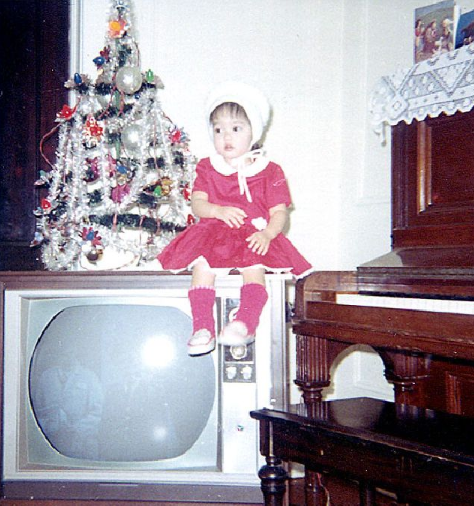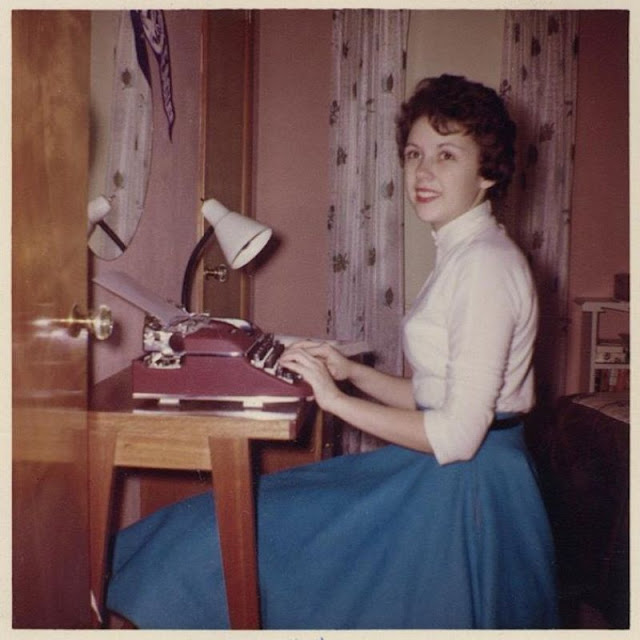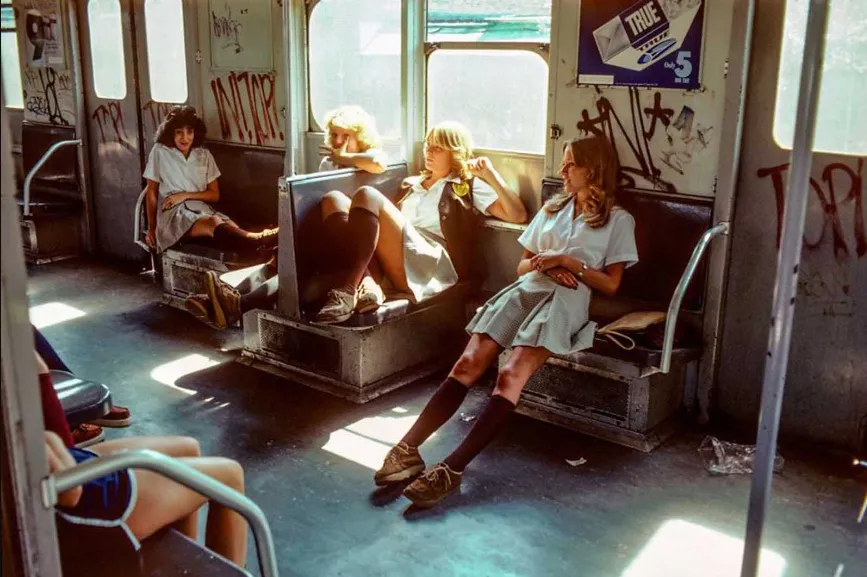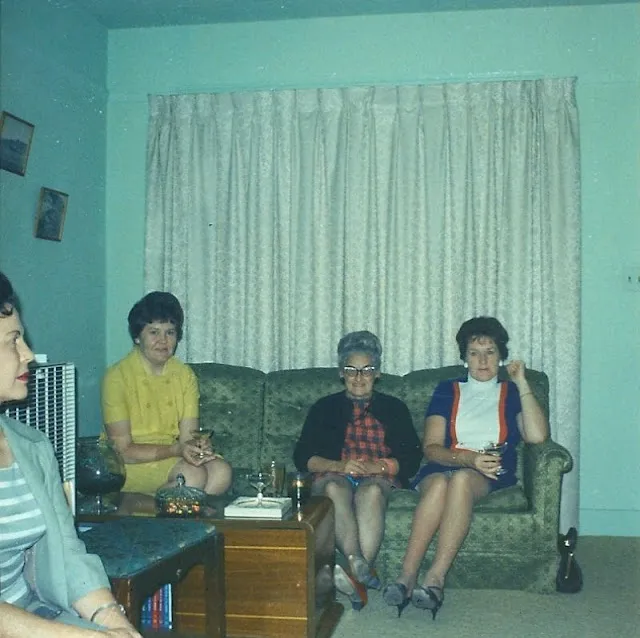Once the largest restaurant chain in the United States, Automats were a sort of intermediate between a cafeteria and a vending machine. The walls of the Automat were lined with individual, glass-fronted compartments containing a plate of food. A 1902 newspaper described it this way: “Anything from a sandwich to an oyster stew may be obtained by dropping the necessary coin in a slot… the food will be displayed in long glass compartments. You see what you want, and by dropping a coin into the aperture beside the desired dish and pulling a lever the mechanism starts to work and lets down a sandwich, a piece of pie, or whatever the order may call for.” The Automat also offered coin-operated spouts for drinks like coffee and chocolate milk, and open, cafeteria-style seating
![]()
In the 1940s and 1950s Automats were a New York City dining staple for a hard-working lunch crowd, a modernist icon for a boundless machine-age future. At their height there were over three dozen in the city, serving 800,000 people a day. And nearly everyone who actually experienced Automats in their heyday says the same thing: They never forgot the thrill of being a kid at the Automat. The Automat was also featured in popular movies and songs and became a must-see New York City icon for tourists.
![]()
The setup was innovative — customers would exchange cash for nickels or tokens, then peruse walls of glass cases featuring hot and cold sandwiches, soups, pies and other treats. Customers would insert coins in a slot next to their desired food, and the case would unlock. After they took the food, the case would be restocked by a staff member in the kitchen behind the cases.
![]()
Automats were beloved for their cheap prices, consistent quality and egalitarian atmosphere — one could come in for a cup of coffee or settle in for a full meal. They became a favorite haunt for starving artists and actors. Ultimately they fell out of favor with the rise of fast food restaurants in the 1970s. The last Automat in the United States closed in 1991.























